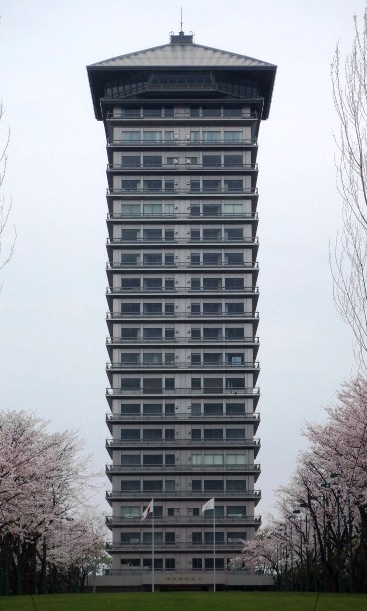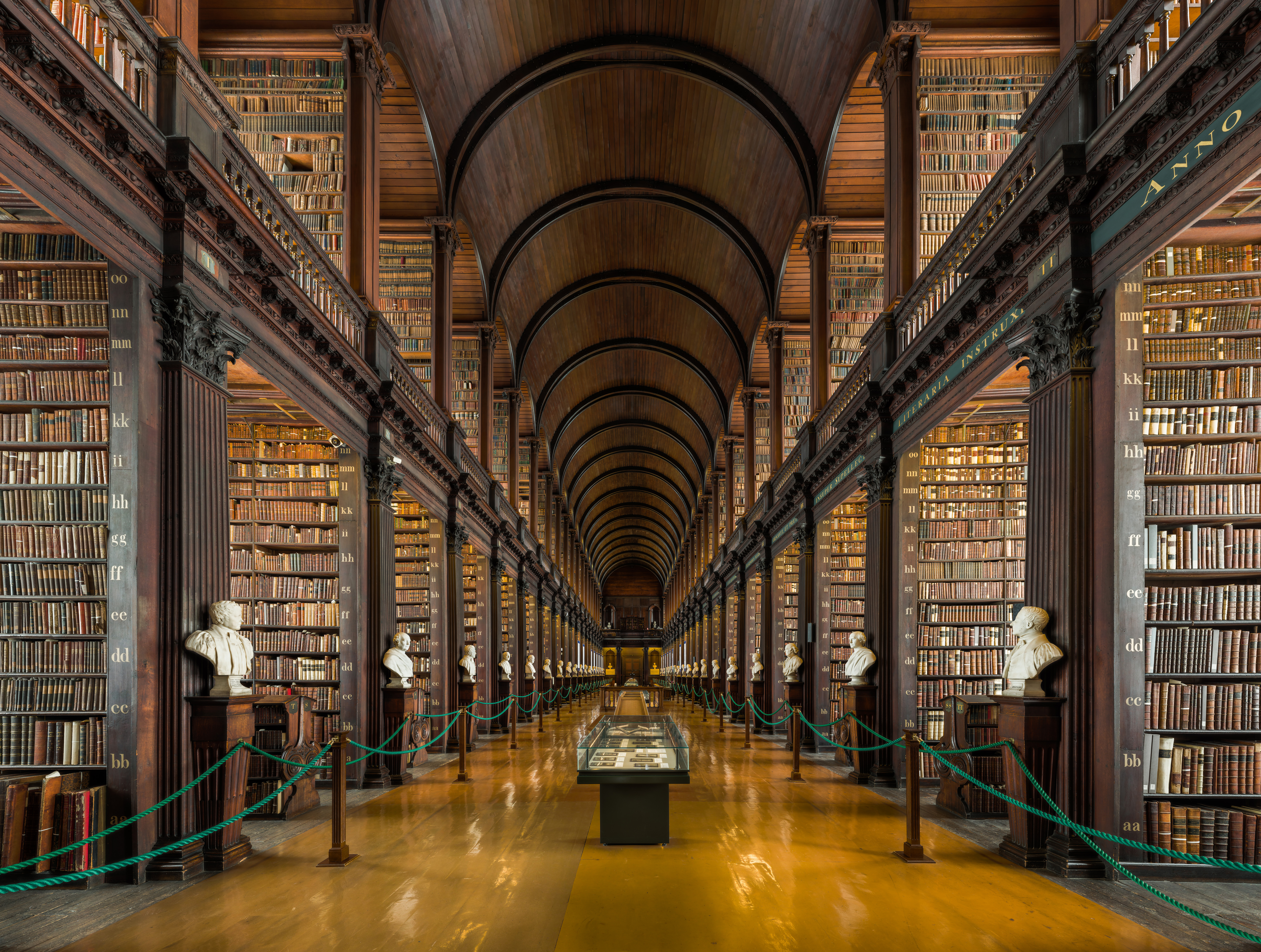|
Yokohama Dreamland
Yokohama Dreamland was an amusement park that operated in Totsuka, Yokohama, Japan from 1964 to 2002. The management company, Japan Dream Tourism, was acquired by the supermarket chain Daiei in 1993, and the amusement park closed permanently on February 17, 2002, due to financial issues. At the time of its closing, the amusement park was downsized to . It was the sister park to Nara Dreamland, which itself closed permanently in 2006. Beginning in May 1966, the park was served by the Yokohama Dreamland Monorail from Ōfuna Station. In September 1967, however, service on the line was suspended, due to structural issues resulting from engineering problems encountered in its construction. The closure was expected to be temporary, but a protracted legal battle over responsibility for the monorail's problems ensued, during which its infrastructure deteriorated significantly. After subsequent failed attempts to resurrect the line, it finally began to be demolished in 2003. In 2005, ... [...More Info...] [...Related Items...] OR: [Wikipedia] [Google] [Baidu] |
Daiei
, based in Kobe, is one of the largest supermarket chains in Japan. In 1957, Isao Nakauchi founded the chain in Osaka near Sembayashi Station on the Keihan train line. Daiei is now under a restructuring process supported by Marubeni Corporation and ÆON Co., Ltd., another Japanese supermarket chain. Daiei Inc. runs more than 3,000 stores under the Daiei name as well as through its subsidiaries. In addition to groceries, Daiei is also a department store, selling electronics, home furnishings, and clothes. In terms of net sales, Daiei was formerly the largest retailer in Japan. However, total sales declined by nearly a quarter in the five years leading up to 2003. History The retail chain expanded rapidly in the 1970s and 1980s. Also, stronger sales from competitors such as Ito-Yokado, ÆON, and other regional supermarket chains have hurt Daiei's sales record in recent years. As a part of the series of bootstrap restructuring efforts to avoid filing for IRCJ ( Industrial Revitali ... [...More Info...] [...Related Items...] OR: [Wikipedia] [Google] [Baidu] |
Yokohama College Of Pharmacy
is a private university in Totsuka-ku, Yokohama, Kanagawa Prefecture, Japan. It was established in 2006 on the site of the former Yokohama Dreamland amusement park, converting the existing hotel building into classrooms and a library. It was founded by Yasuhisa Tsuzuki and is operated by his company, the Tsuzuki Integrated Educational Institution. The college's president is Nobel-prize laureate Leo Esaki Reona Esaki (江崎 玲於奈 ''Esaki Reona'', born March 12, 1925), also known as Leo Esaki, is a Japanese physicist who shared the Nobel Prize in Physics in 1973 with Ivar Giaever and Brian David Josephson for his work in electron tunneling in .... Educational institutions established in 2006 Private universities and colleges in Japan Universities and colleges in Yokohama Pharmacy schools in Japan 2006 establishments in Japan {{kanagawa-university-stub ... [...More Info...] [...Related Items...] OR: [Wikipedia] [Google] [Baidu] |
Buildings And Structures In Yokohama
A building, or edifice, is an enclosed structure with a roof and walls standing more or less permanently in one place, such as a house or factory (although there's also portable buildings). Buildings come in a variety of sizes, shapes, and functions, and have been adapted throughout history for a wide number of factors, from building materials available, to weather conditions, land prices, ground conditions, specific uses, prestige, and aesthetic reasons. To better understand the term ''building'' compare the list of nonbuilding structures. Buildings serve several societal needs – primarily as shelter from weather, security, living space, privacy, to store belongings, and to comfortably live and work. A building as a shelter represents a physical division of the human habitat (a place of comfort and safety) and the ''outside'' (a place that at times may be harsh and harmful). Ever since the first cave paintings, buildings have also become objects or canvasses of much artistic ... [...More Info...] [...Related Items...] OR: [Wikipedia] [Google] [Baidu] |
Defunct Amusement Parks In Japan
{{Disambiguation ...
Defunct (no longer in use or active) may refer to: * ''Defunct'' (video game), 2014 * Zombie process or defunct process, in Unix-like operating systems See also * * :Former entities * End-of-life product * Obsolescence Obsolescence is the state of being which occurs when an object, service, or practice is no longer maintained or required even though it may still be in good working order. It usually happens when something that is more efficient or less risky r ... [...More Info...] [...Related Items...] OR: [Wikipedia] [Google] [Baidu] |
1964 Establishments In Japan
Events January * January 1 – The Federation of Rhodesia and Nyasaland is dissolved. * January 5 - In the first meeting between leaders of the Roman Catholic and Orthodox churches since the fifteenth century, Pope Paul VI and Patriarch Athenagoras I of Constantinople meet in Jerusalem. * January 6 – A British firm, the Leyland Motor Corp., announces the sale of 450 buses to the Cuban government, challenging the United States blockade of Cuba. * January 9 – '' Martyrs' Day'': Armed clashes between United States troops and Panamanian civilians in the Panama Canal Zone precipitate a major international crisis, resulting in the deaths of 21 Panamanians and 4 U.S. soldiers. * January 11 – United States Surgeon General Luther Terry reports that smoking may be hazardous to one's health (the first such statement from the U.S. government). * January 12 ** Zanzibar Revolution: The predominantly Arab government of Zanzibar is overthrown by African nationalist rebels; a Un ... [...More Info...] [...Related Items...] OR: [Wikipedia] [Google] [Baidu] |
Japanese Yen
The is the official currency of Japan. It is the third-most traded currency in the foreign exchange market, after the United States dollar (US$) and the euro. It is also widely used as a third reserve currency after the US dollar and the euro. The New Currency Act of 1871 introduced Japan's modern currency system, with the yen defined as of gold, or of silver, and divided decimally into 100 ''sen'' or 1,000 ''rin''. The yen replaced the previous Tokugawa coinage as well as the various ''hansatsu'' paper currencies issued by feudal ''han'' (fiefs). The Bank of Japan was founded in 1882 and given a monopoly on controlling the money supply. Following World War II, the yen lost much of its prewar value. To stabilize the Japanese economy, the exchange rate of the yen was fixed at ¥360 per US$ as part of the Bretton Woods system. When that system was abandoned in 1971, the yen became undervalued and was allowed to float. The yen had appreciated to a peak of ¥271 per US$ ... [...More Info...] [...Related Items...] OR: [Wikipedia] [Google] [Baidu] |
Urban Open Space
In land-use planning, urban green space is open space reserve, open-space areas reserved for parks and other "green spaces", including plant life, water features -also referred to as blue spaces- and other kinds of natural environment. Most urban open spaces are green spaces, but occasionally include other kinds of open areas. The landscape of urban open spaces can range from playing fields to highly maintained environments to relatively natural landscapes. Generally considered open to the public, urban green spaces are sometimes privately owned, such as campus, higher education campuses, community gardening, neighborhood/community parks/gardens, and institutional or corporate grounds. Areas outside city boundaries, such as state park, state and national parks as well as open space in the countryside, are not considered urban open space. Streets, piazzas, plazas and urban squares are not always defined as urban open space in land use planning. Urban green spaces have wide reach ... [...More Info...] [...Related Items...] OR: [Wikipedia] [Google] [Baidu] |
Amenity
In property and land use planning, amenity (lat. ''amoenitās'' “pleasantness, delightfulness”) is something considered to benefit a location, contribute to its enjoyment, and thereby increase its value. Tangible amenities can include the number and nature of guest rooms and the provision of facilities such as elevators (lifts), internet access, restaurants, parks, community centres, swimming pools, golf courses, health club facilities, party rooms, theater or media rooms, bike paths or garages. Intangible amenities include well-integrated public transport, pleasant views, nearby activities, and a low crime rate. Within the context of environmental economics, an environmental amenity can include access to clean air or clean water, or the quality of any other environmental good that may reduce adverse health effects for residents or increase their economic welfare. Residential real estate can benefit from amenities which, in turn, boost the property's value. Some examp ... [...More Info...] [...Related Items...] OR: [Wikipedia] [Google] [Baidu] |
Academic Library
An academic library is a library that is attached to a higher education institution and serves two complementary purposes: to support the curriculum and the research of the university faculty and students. It is unknown how many academic libraries there are worldwide. An academic and research portal maintained by UNESCO links to 3,785 libraries. According to the National Center for Education Statistics, there are an estimated 3,700 academic libraries in the United States. In the past, the material for class readings, intended to supplement lectures as prescribed by the instructor, has been called reserves. In the period before electronic resources became available, the reserves were supplied as actual books or as photocopies of appropriate journal articles. Modern academic libraries generally also provide access to electronic resources. Academic libraries must determine a focus for collection development since comprehensive collections are not feasible. Librarians do this by ide ... [...More Info...] [...Related Items...] OR: [Wikipedia] [Google] [Baidu] |
Ministry Of Education, Culture, Sports, Science And Technology
The , also known as MEXT or Monka-shō, is one of the eleven Ministries of Japan that composes part of the executive branch of the Government of Japan. Its goal is to improve the development of Japan in relation with the international community. The ministry is responsible for funding research under its jurisdiction, some of which includes: children's health in relation to home environment, delta-sigma modulations utilizing graphs, gender equality in sciences, neutrino detection which contributes to the study of supernovas around the world, and other general research for the future. History The Meiji government created the first Ministry of Education in 1871. In January 2001, the former Ministry of Education, Science, Sports and Culture and the former merged to become the present MEXT. Organization The Ministry of Education, Culture, Sports, Science and Technology currently is led by the Minister of Education, Culture, Sports, Science and Technology. Under that position i ... [...More Info...] [...Related Items...] OR: [Wikipedia] [Google] [Baidu] |
Hotel Empire Cropped
A hotel is an establishment that provides paid lodging on a short-term basis. Facilities provided inside a hotel room may range from a modest-quality mattress in a small room to large suites with bigger, higher-quality beds, a dresser, a refrigerator and other kitchen facilities, upholstered chairs, a flat screen television, and en-suite bathrooms. Small, lower-priced hotels may offer only the most basic guest services and facilities. Larger, higher-priced hotels may provide additional guest facilities such as a swimming pool, business centre (with computers, printers, and other office equipment), childcare, conference and event facilities, tennis or basketball courts, gymnasium, restaurants, day spa, and social function services. Hotel rooms are usually numbered (or named in some smaller hotels and B&Bs) to allow guests to identify their room. Some boutique, high-end hotels have custom decorated rooms. Some hotels offer meals as part of a room and board arrangement. In Jap ... [...More Info...] [...Related Items...] OR: [Wikipedia] [Google] [Baidu] |







